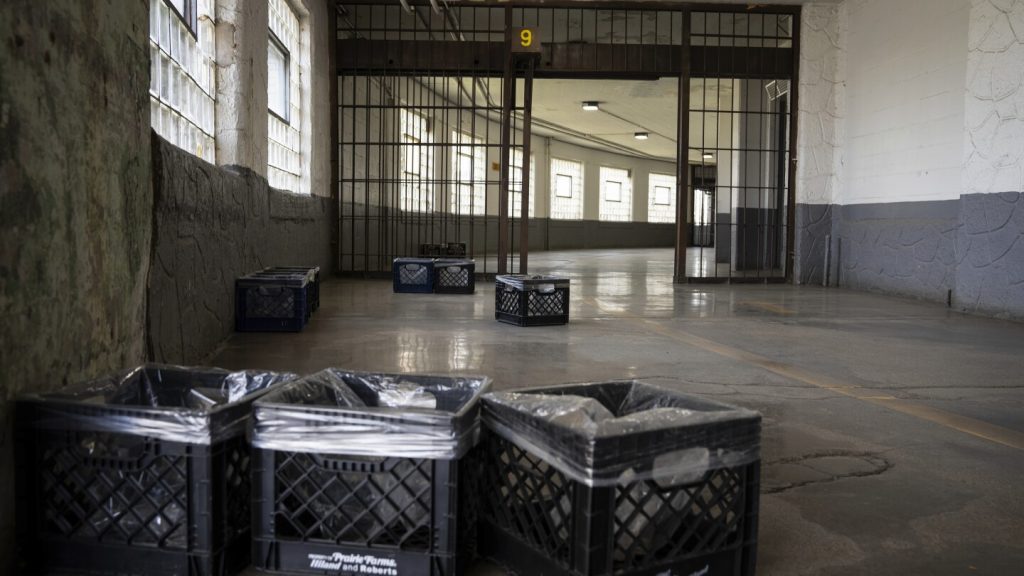Stateville prison, a notorious lockup in Chicago that has been standing for nearly a century, is finally shutting down as a result of neglected repairs over the years. The decision to close the facility was bolstered by a federal court order last month, and the Illinois Department of Corrections has already begun transferring inmates to other facilities. Governor JB Pritzker’s administration plans to replace Stateville with a state-of-the-art facility on adjacent state-owned land and possibly include a new women’s prison. However, details about the design plan, timeline for demolition, and the future of prison staff have not been disclosed.
The closure of Stateville was primarily driven by concerns about safety and security for both staff and inmates. The facility has fallen behind on maintenance by $286 million, with urgent needs identified in a recent study. Falling concrete, bird feathers, and foul-smelling tap water were some of the issues cited in the study, leading to a court order to evacuate most inmates by the end of September. The decision to close the facility was made before the court order, reflecting the long-standing concerns about the deteriorating conditions at Stateville.
The closure of Stateville has raised concerns among employees and service providers who fear disruptions to services and the loss of experienced staff. The prison is currently understaffed with vacancies in nearby facilities, making the transition to other locations challenging for employees. State Senator Rachel Ventura has raised questions about the lack of information provided by the Corrections Department regarding the closure plans, such as timelines for closure, demolition, and groundbreaking. The uncertain future of Stateville has left many employees unsure about their next steps and the impact on their personal lives.
The bipartisan legislative Commission on Government Forecasting and Accountability held hearings in June with members of the American Federation of State, County, and Municipal Employees expressing concerns about the closure of Stateville. The overcrowding and understaffing at nearby facilities have further exacerbated the situation, with employees facing the possibility of long commutes and double shifts. The decision to close Stateville without a clear plan for the future has left many employees feeling uncertain about their job security and the next steps in their careers.
While the closure of Stateville prison is seen as a necessary step to address safety concerns and deteriorating conditions, the lack of transparency and communication about the future plans has raised questions and concerns among employees and lawmakers. The proposed replacement facility and potential relocation of staff to other locations may present challenges for the Corrections Department. As the closure date approaches, stakeholders will be looking for more clarity on the transition plan and the impact on staff, services, and the community surrounding Stateville.


